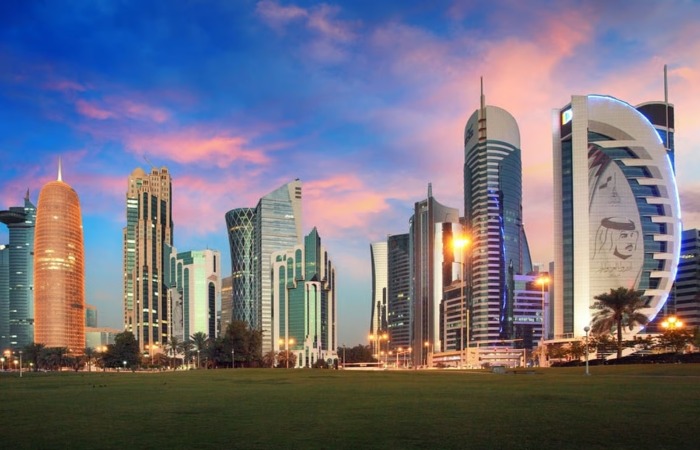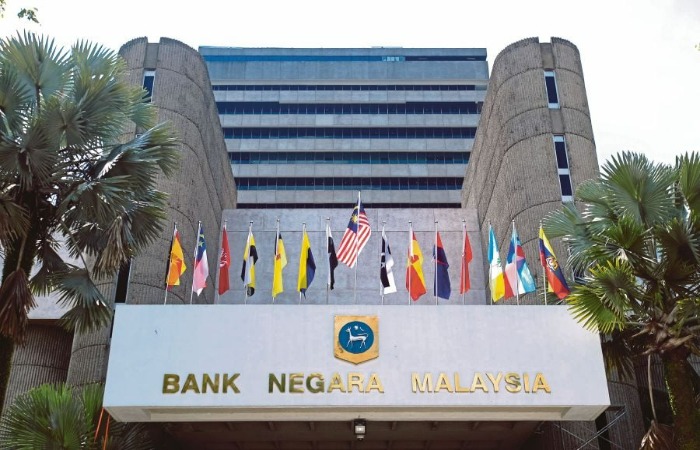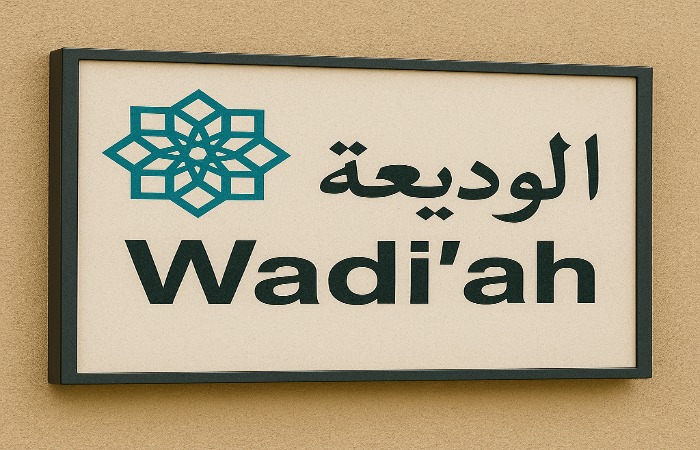Islamic banks accounted for 28% of the total assets of Qatar’s banking sector: Bait Al-Mashura
Islamic banks represented 28% of Qatar’s total banking sector assets in 2024, according to Bait Al-Mashura Finance.
Their combined assets rose by 3.9% to QR585.5bn, compared to QR563.7bn in 2023, based on figures from the Qatar Central Bank (QCB).
Domestic assets grew 4% to QR529.7bn, while reserves increased by 6.3% to QR20.6bn. Foreign assets, however, declined slightly by 0.4% year-on-year to QR35.2bn.
Between 2020 and 2024, the compound annual growth rate (CAGR) of Islamic banks’ assets reached 5.4%, outpacing the 3.5% growth recorded by conventional banks.
In 2024, Islamic banks generated QR29.5bn in revenues, up 12.6% from the previous year. Financing and investment accounted for 91% of this total, supported by a 13.8% increase in financing and investment income and an 8.4% drop in credit loss provisions. Over the same five-year period, revenues grew at a CAGR of 9%.
Net profits for shareholders of Qatar’s four Islamic banks reached QR8.7bn in 2024, compared to QR8.2bn in 2023, marking a 6% increase.
Deposits across the Qatari banking system rose 4.1% in 2024, with Islamic banks outperforming the sector by recording an 8.2% increase. Deposits at conventional banks rose only 2.2%. Islamic banks held 34% of total deposits, amounting to QR339.1bn, up from QR313.4bn in 2023. Over 2020–2024, Islamic bank deposits grew at a CAGR of 5%, compared to 1.5% for conventional banks.
The private sector accounted for 57% of Islamic bank deposits, followed by the public sector with 38% and non-residents with 5%. In 2024, public sector deposits grew the fastest, rising 20%, while private sector deposits increased 4%. Non-resident deposits fell 16% year-on-year.
QCB data also showed that Islamic bank financing reached QR401.5bn in 2024, up 4.9% from 2023, compared to a 4.4% rise in credit facilities extended by conventional banks.
The strongest growth in Islamic bank financing came from the real estate sector (up 16%) and general trade (up 12.7%). Services and consumer financing grew 4.5% and 2.9% respectively. By contrast, financing for industry and construction contracted by 14.2% and 11.3%.
Islamic banks accounted for 30% of total sector financing in 2024. Over the five-year period, their financing grew at a CAGR of 5.2%, compared to 3% for conventional banks.
Source: The Gulf Times















